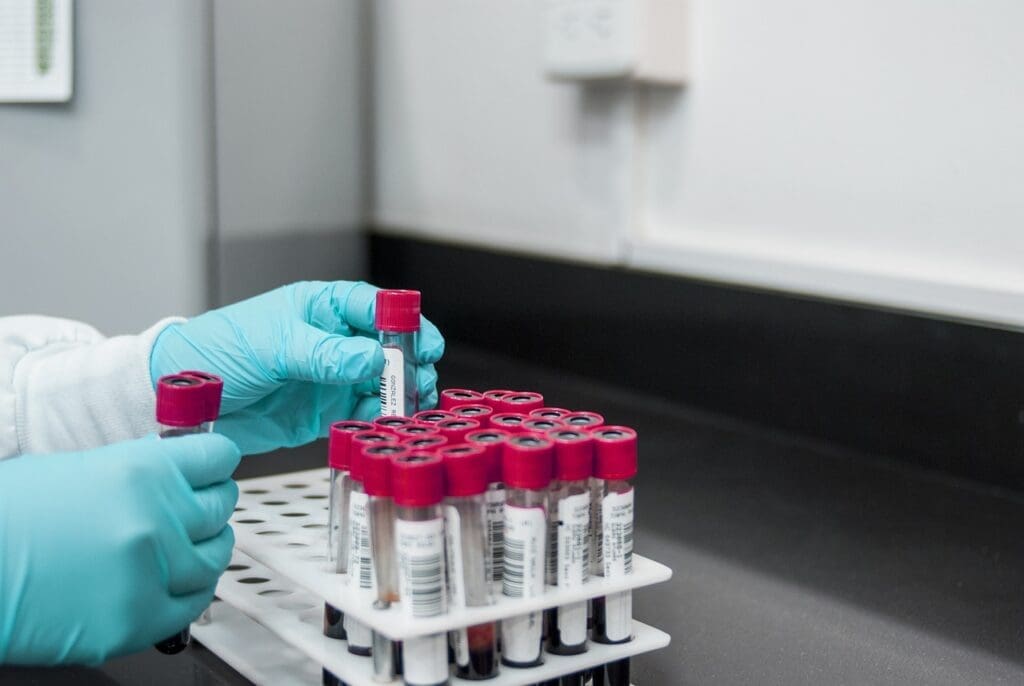Interlaboratory tests
In laboratory medicine, proficiency tests play a central role when it comes to ensuring the reliability and accuracy of laboratory results.
What is an interlaboratory comparison?
A proficiency test – sometimes also referred to as “external quality control” – is a method in which different laboratories test the same samples and compare their results with each other. Imagine that several chefs are asked to cook a soup according to the same recipe. At the end, they check whether the soups taste the same – or in this case, whether the laboratory results match. The samples are provided by an independent body, such as a reference laboratory. This body knows exactly what values the samples should have and can therefore check whether the laboratories are working correctly.
Participation in proficiency tests is mandatory for many laboratories, especially in laboratory medicine, where precise results determine health and disease. They exist for many areas, such as blood analyses, hormone measurements or microbiological tests.
How does a round robin test work?
The procedure is quite simple: a laboratory registers with an organization that carries out proficiency tests, for example the Reference Institute for Bioanalytics (RfB) in Germany. This organization sends samples with unknown values – such as blood samples or urine samples – to the participating laboratories. The laboratories analyze these samples using their usual methods and equipment and send the results back. The results of all the laboratories are then compared and each laboratory receives feedback: do their own values match the target values? If so, great – the laboratory is working reliably. If not, the causes must be investigated.

Why are proficiency tests so important?
Laboratory medicine is often a matter of life and death. An incorrect result – be it for a blood sugar level, a cancer diagnosis or an infection test – can have fatal consequences. Interlaboratory tests help to uncover sources of error before they harm patients. They show whether the devices are correctly calibrated, whether the staff are working correctly or whether the test methods used are reliable.
In addition, proficiency tests ensure trust. Doctors and patients must be able to rely on a laboratory to deliver reliable results. If a laboratory regularly participates in proficiency tests and performs well, this is proof of quality. In many countries, participation is even required by law in order to obtain accreditation.
What happens if a laboratory “fails”?
Don’t panic – a poor result in the proficiency test does not automatically mean that a laboratory is bad. It is more of a warning signal. Perhaps a device was defective or there was a human error. The laboratory then has the opportunity to find and rectify the error, for example by servicing the equipment or training the staff. A second attempt is often made to check whether the corrections have helped.
A look at the practice
Let’s take an example: A laboratory is to determine the cholesterol value in a sample. The real value is 200 mg/dl. If the laboratory measures 198 mg/dl, everything is fine – small deviations are normal. But if it reports 250 mg/dl, something is wrong. The ring test identifies the problem before a patient is treated incorrectly.
Conclusion
Proficiency tests are like a regular health check for laboratories. They guarantee that the results that doctors and patients rely on are correct. Without them, laboratory medicine would be less safe and reliable. In short, they are an invisible but indispensable part of modern medicine, ensuring that we all have a better chance of an accurate diagnosis and the right treatment.
Matching:
RfB: EQA program and application deadlines for 2025 are online – MedLabPortal
Editorial office: X-Press Journalistenbû¥ro GbR
Gender note. The personal designations used in this text always refer equally to female, male and diverse persons. Double/triple references and gendered designations are avoided for the sake of better readability ected.

